Lamborghini’s fourth model line, a 2+2 grand tourer inspired by the 2008 Estoque concept, is due to be given the green light to arrive by 2025 – and, in a shock development, could become the brand’s first fully electric car.
The four-seater, which has been chosen after being evaluated against a possible third mid-engined supercar, will sit alongside the entry-level Huracán supercar, the Lamborghini range-topping Aventador and the Lamborghini Urus SUV.
Early debates questioned whether the 2+2 would be front or mid-engined, but a far more radical approach is now under serious consideration, according to Lamborghini R&D boss Maurizio Reggiani.
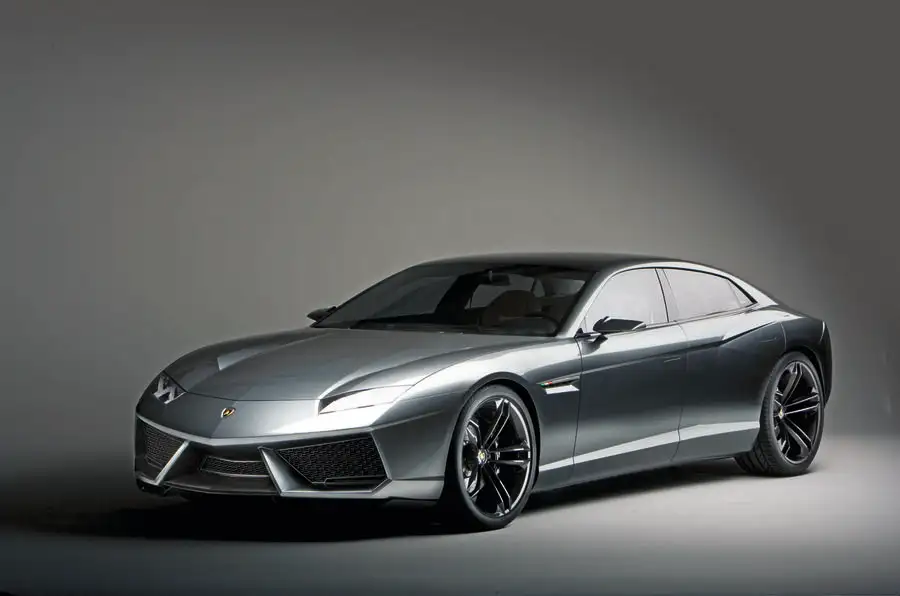
“If you look at the timing for a fourth model line, there is the potential that this will be the right time for a full-electric vehicle,” he said. Reggiani added that such a car could use a platform from the broader Volkswagen Group, of which Lamborghini is a member. The most likely candidate would be a development of the current PPE architecture, the high-end electric platform used by the new Porsche Taycan and upcoming Audi E-tron GT.
Such a move would help Lamborghini achieve the necessary economies of scale to reduce the significant cost of developing a pure-electric model with the capabilities expected of a Lamborghini.
Reggiani touched on the perennial issue of how to combine performance and range but said: “Performance will be important [in a 2+2]. We must be fast but not quite in the same way as we need to be in our super-sports cars. A fourth model line will be something a little bit different.”
A range of at least 350 miles would be expected of a grand tourer, and possibly much more given the maturity of the EV market by 2025. It’s also hard to imagine Lamborghini buyers accepting 0-62mph acceleration beyond 3.0sec.


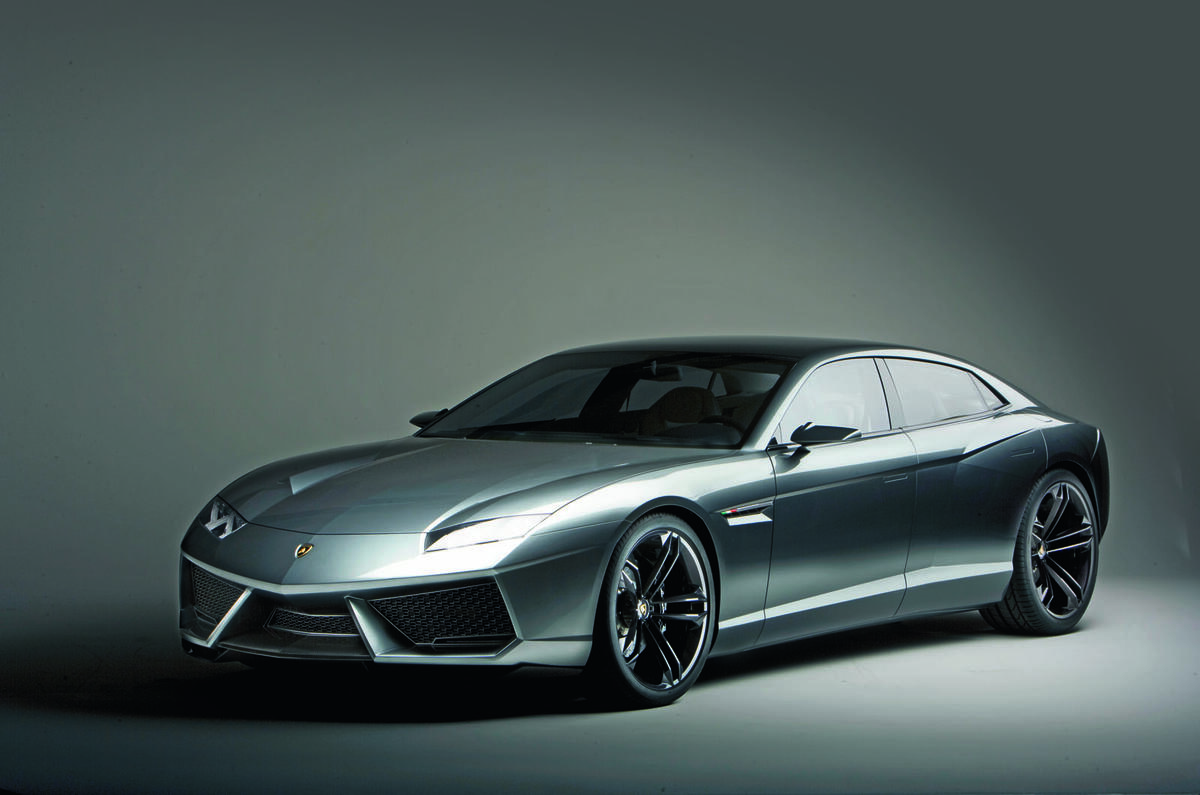
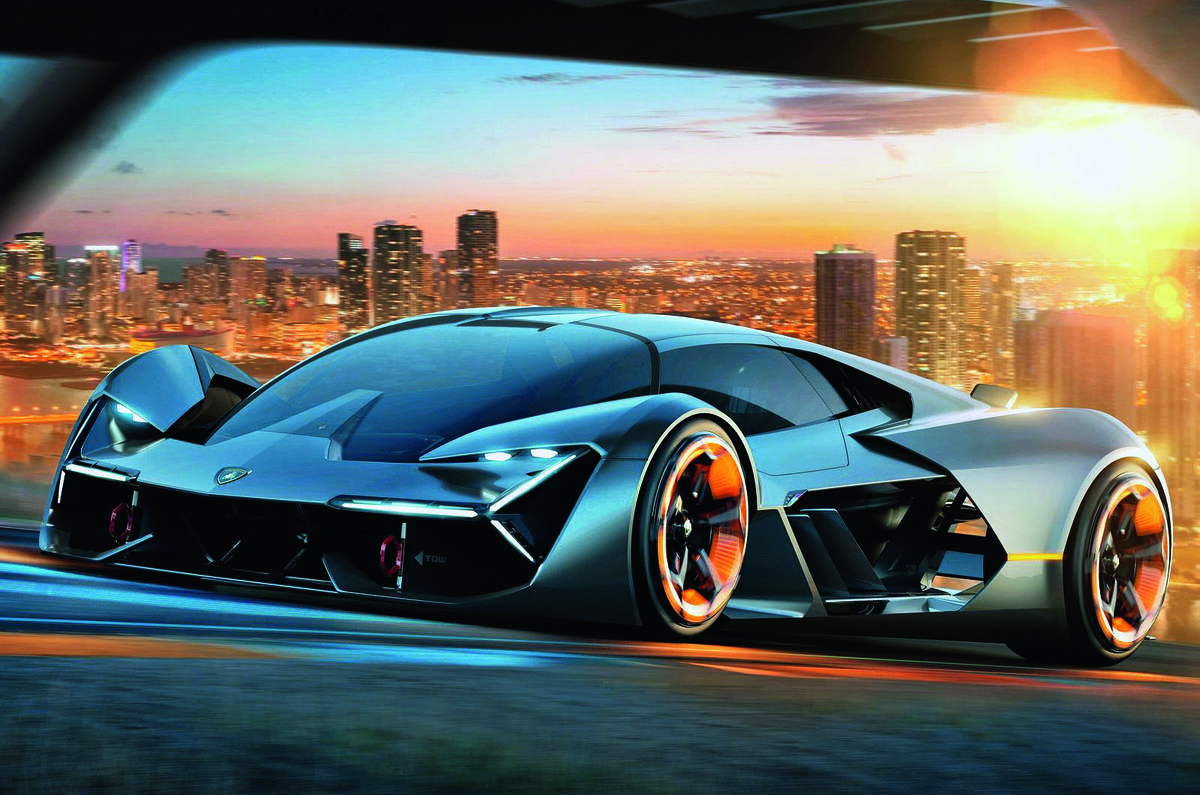
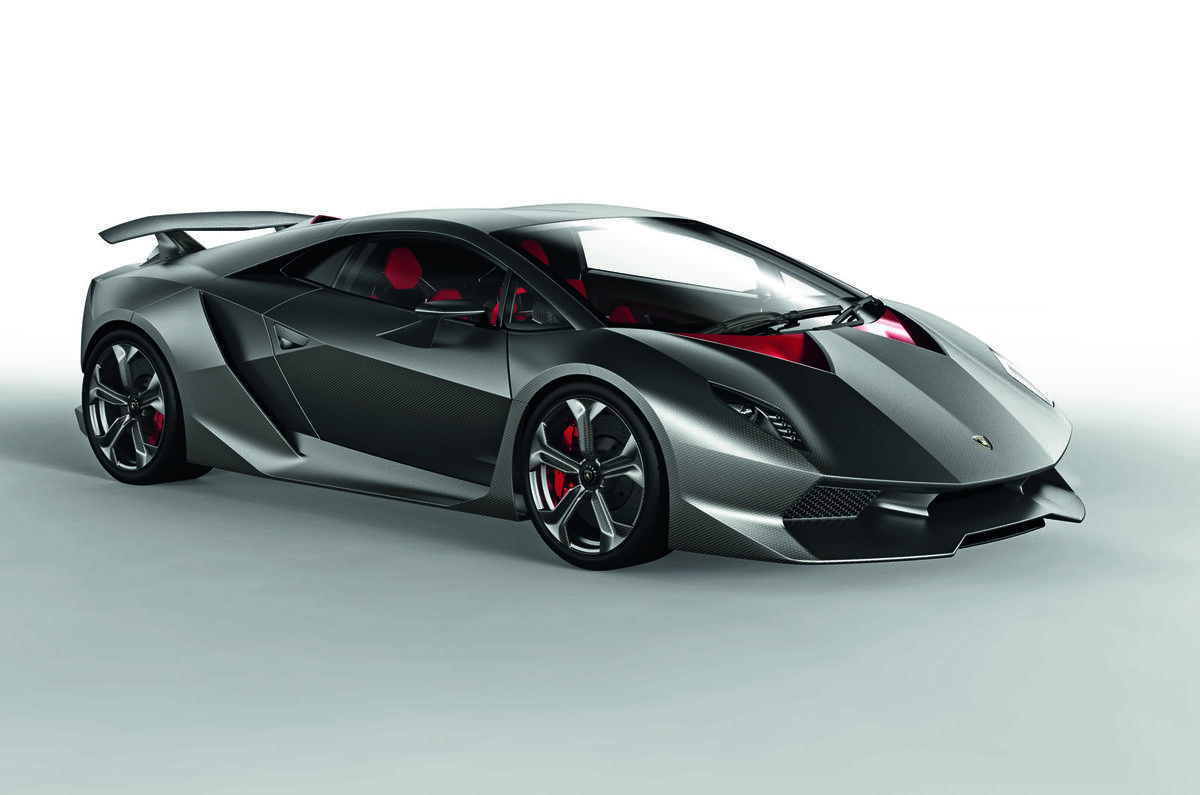
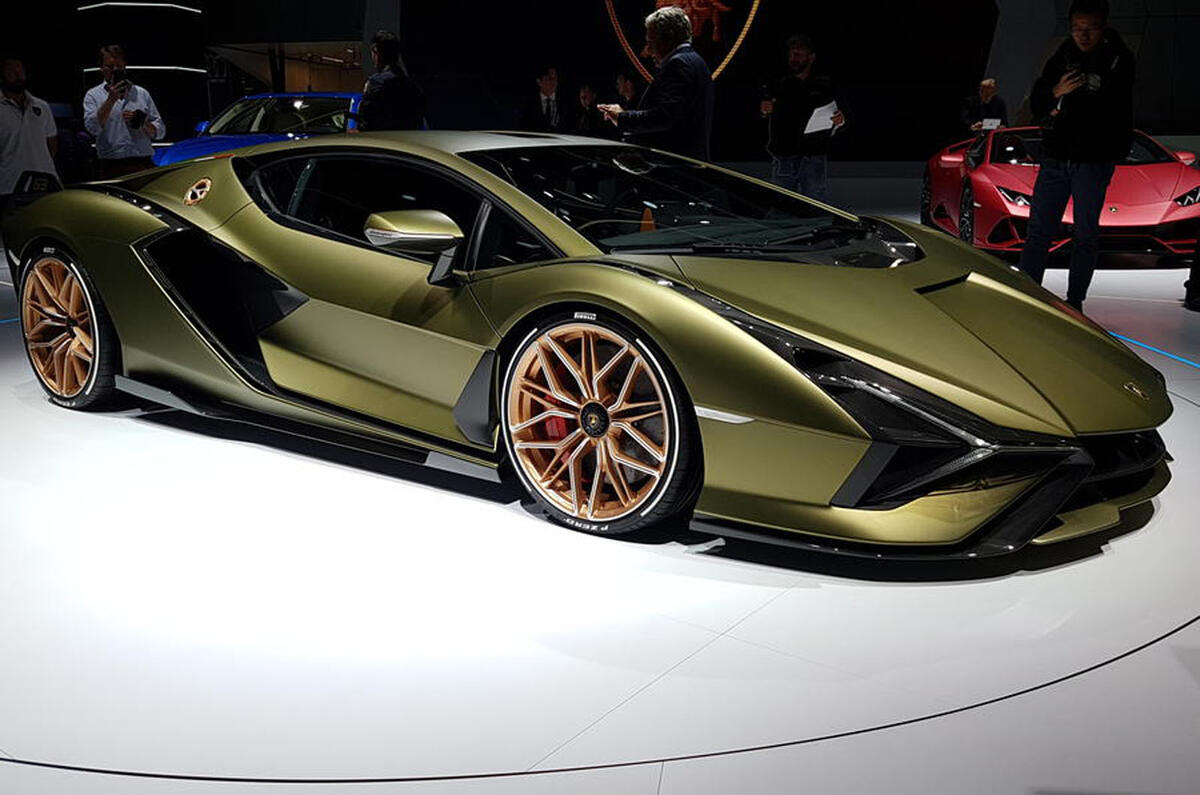

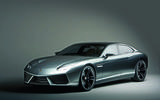

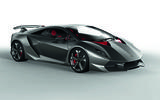


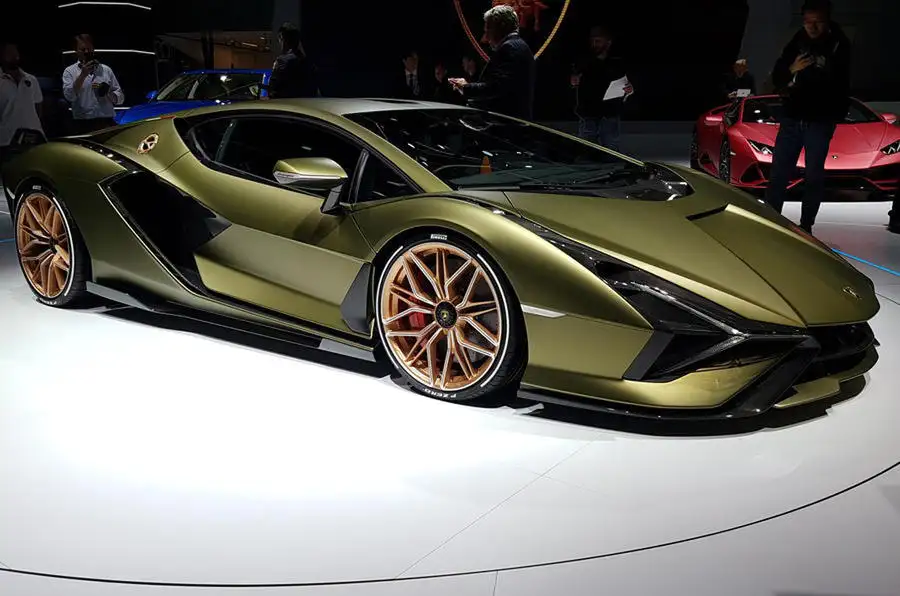
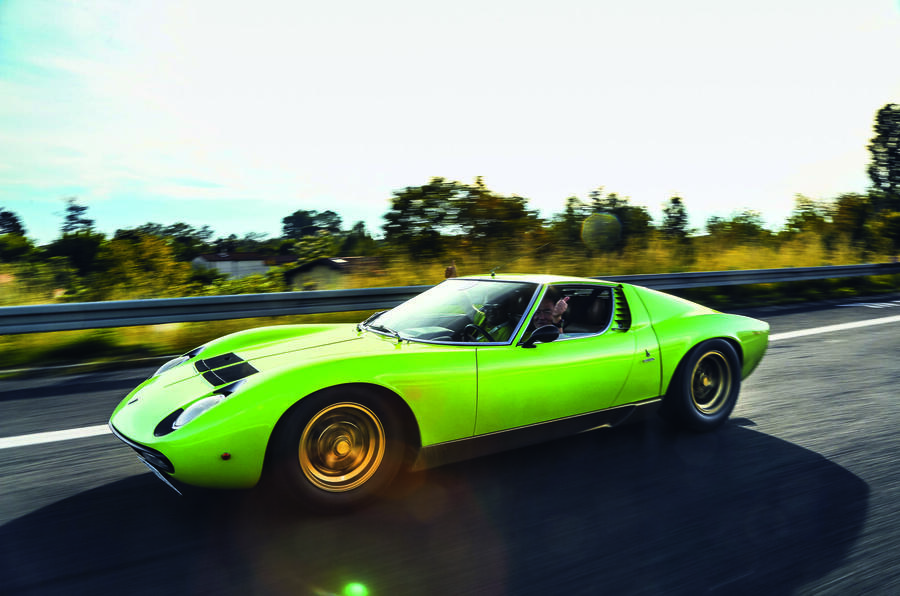
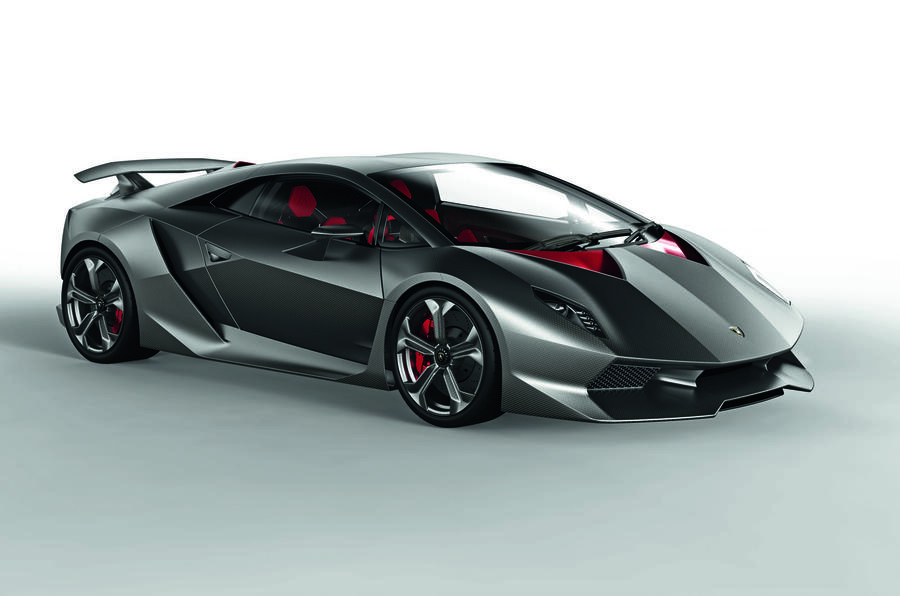
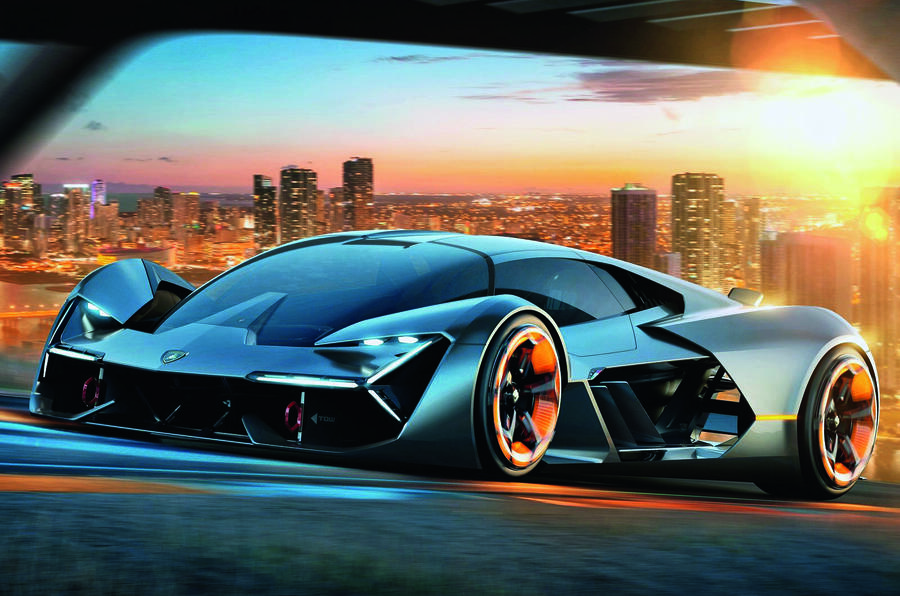

Join the debate
Add your comment
And so it continues
VAG milking every badge it owns for every penny it can get, sod the heritage..
Honestly people, we should
Honestly people, we should stop wasting our time posting on this crap website and leave it to the spam people.
Haymarket doean't care, so why should we?
Best put down artist I knew
Best put down artist I knew was a vet.